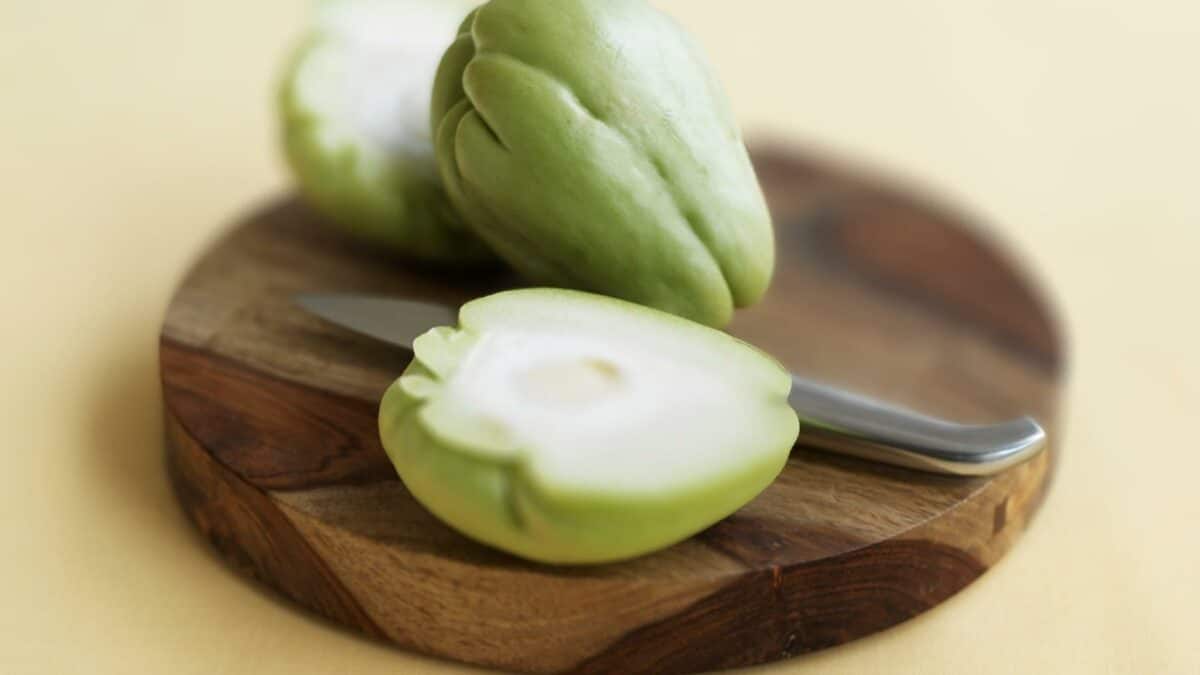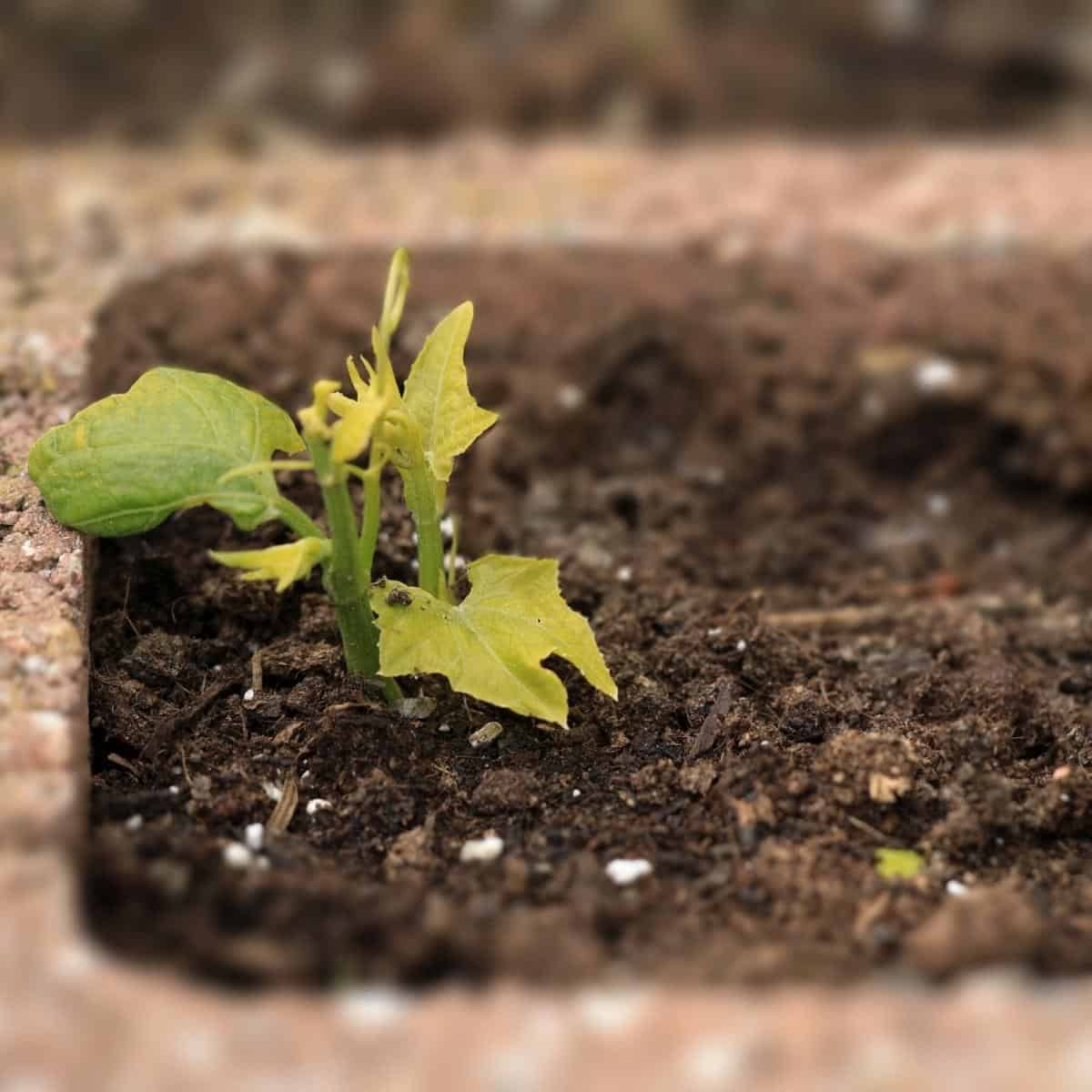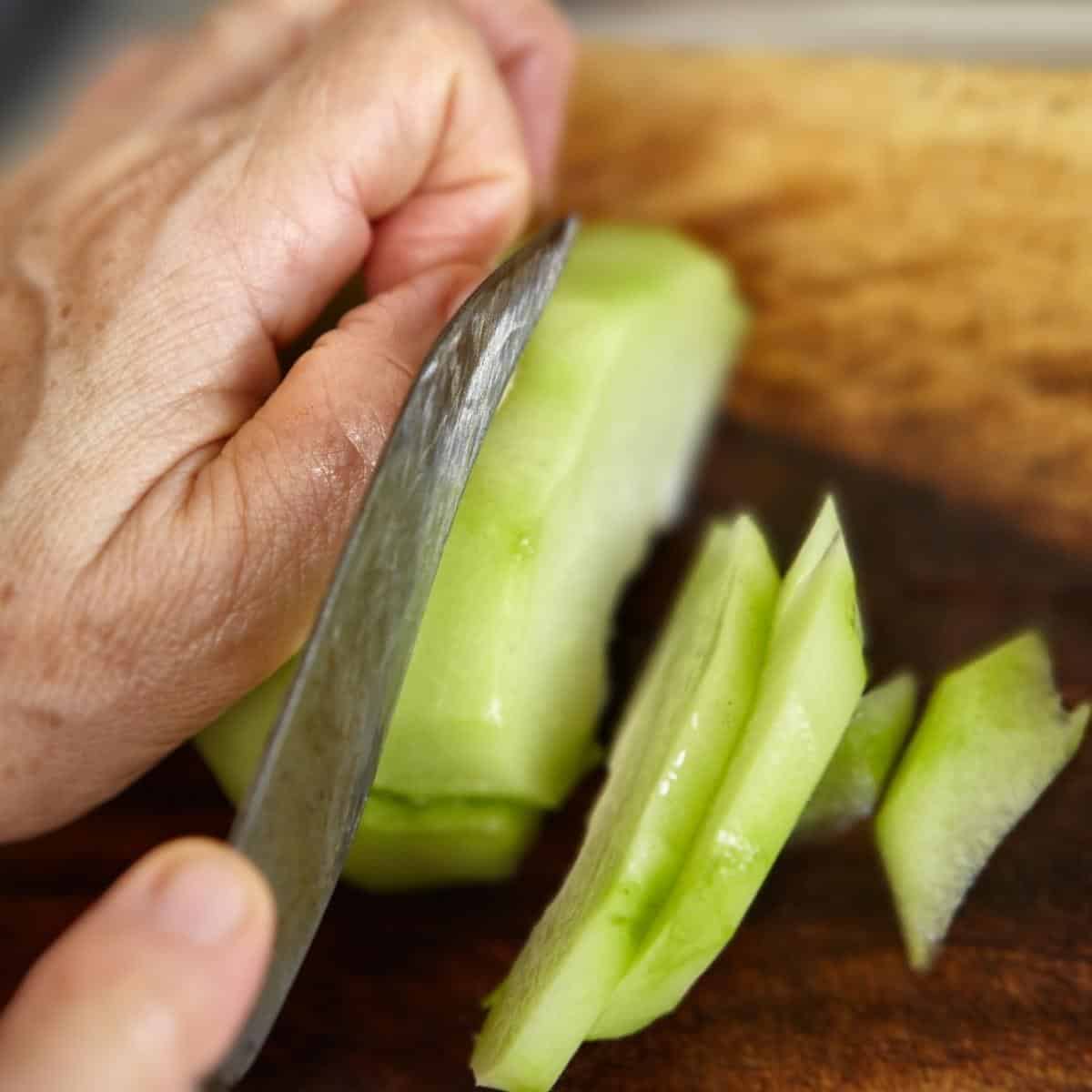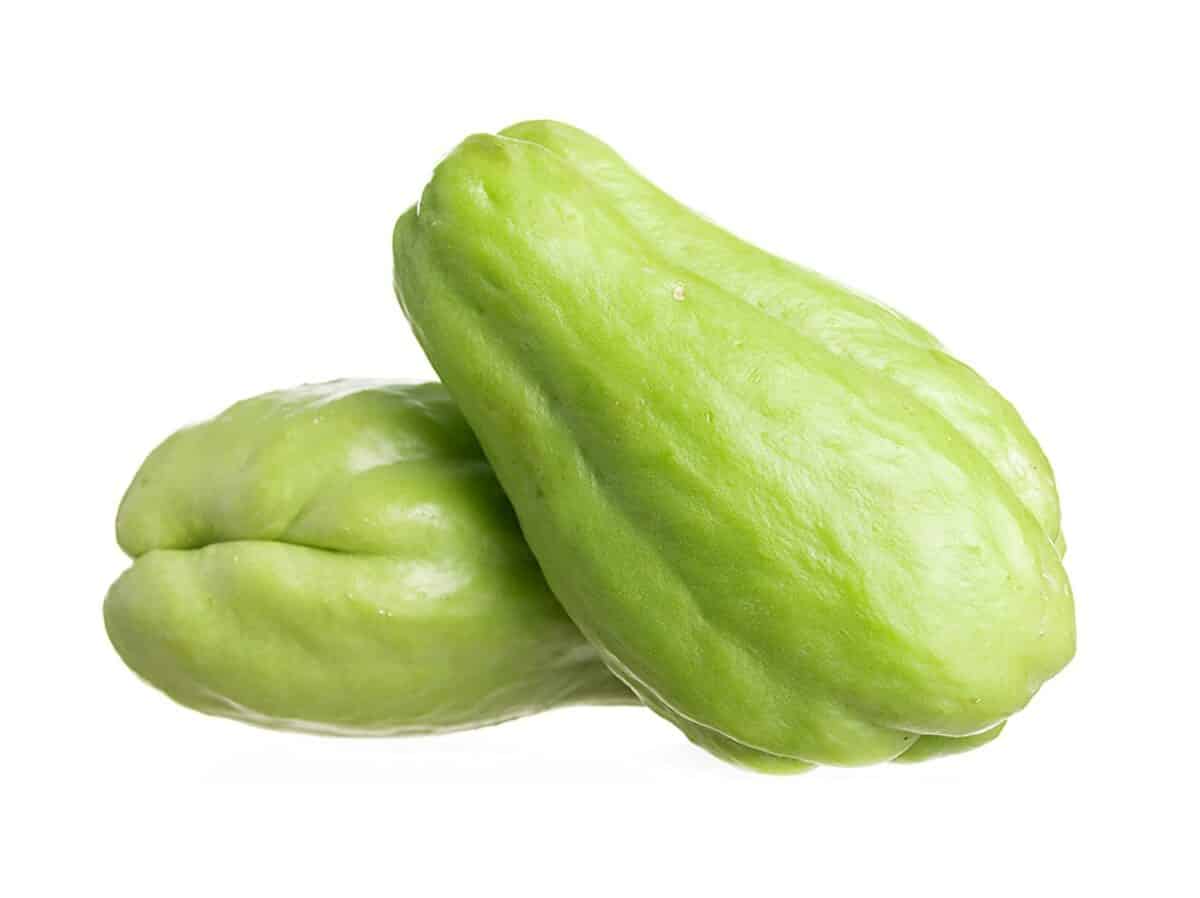Chayote: A Vegetable With Almost Fruity Taste
Chayote (Sechium edule) is an edible plant belonging to the gourd family Cucurbitaceae, along with melons, cucumbers and squash.
It’s also known as:
- christophene or christophine
- cho-cho
- mirliton or merleton (Creole/Cajun)
- chuchu (Brazil)
- Cidra (Antioquia, Caldas, Quindio and Risaralda regions of Colombia)
- Guatila (Boyacá and Valle del Cauca regions of Colombia)
- Centinarja (Malta)
- pimpinela (Madeira)
- Pipinola (Hawaii)
- pear squash
- vegetable pear
- chouchoute
- choko
- güisquil (El Salvador)
- Labu Siam (Indonesia)
- Squash
- Ishkus or Chowchow (India)
- Seemebadane (Kannada) బెంగళూరు వంకాయ ( తెలుగు – Telugu)
- Pataste (Honduras)
- Tayota (Dominican Republic)
- Sayote (Philippines)


Check out our new cookbook
Bitemybun's family recipes with complete meal planner and recipe guide.
Try it out for free with Kindle Unlimited:
Read for freeIn this post we'll cover:
What is the origin of chayote?
Chayote is originally native to Mexico where it grows abundantly and has little commercial value. It has been introduced as a crop all over Latin America, and worldwide.
The main growing regions are Brazil, Costa Rica, Veracruz, Mexico and Abkhazia .
Costa Rican chayotes are predominantly exported to the European Union, whereas Veracruz is the main exporter of chayotes to the United States.
What does chayote mean?
The word chayote is a Spanish derivative of the Nahuatl word chayohtli.
Chayote was one of the many foods introduced to Europe by early explorers, who brought back a wide assortment of botanical samples.
The Age of Conquest also spread the plant south from Mexico, ultimately causing it to be integrated into the cuisine of many other Latin American nations.
How to cook chayote
The chayote fruit is used in mostly cooked forms. When cooked, chayote is usually handled like summer squash, it is generally lightly cooked to retain the crisp flavor.
Though rare and often regarded as especially unpalatable and tough in texture, raw chayote may be added to salads or salsas, most often marinated with lemon or lime juice.
Whether raw or cooked, chayote is a good source of vitamin C. Although most people are familiar only with the fruit as being edible, the root, stem, seeds and leaves are edible as well.
The tubers of the plant are eaten like potatoes and other root vegetables, while the shoots and leaves are often consumed in salads and stir fries, especially in Asia.
Like other members of the gourd family, such as cucumbers, melons, and squash, chayote has a sprawling habit, and it should only be planted if there is plenty of room in the garden.
The roots are also highly susceptible to rot, especially in containers, and the plant in general is finicky to grow.
What does chayote taste like?
Some say it tastes like a cross between an apple and a cucumber, because of the crispy freshness. Others say it’s more like a bland, unassuming vegetable.
Yes, you can eat raw chayote. It has a crisp texture and a slightly sweet flavor. You can eat it like you would eat cucumbers or carrots.
You can eat the skin of the chayote, you can eat it raw just like it is. But when you cook it, the peel becomes tough and rubbery so you should peel it when you’re going to cook it.
Best chayote to buy
The best tasting chayote is this one from Tropical Importers:

What’s the difference between chayote and zucchini?
Chayote is a type of squash that belongs to the gourd family. It’s related to melons, cucumbers, and pumpkins. Zucchini, on the other hand, is a type of summer squash that belongs to the species Cucurbita pepo.
The two vegetables have different taste profiles. Chayote is a little bit sweet with a subtle crunch, while zucchini is more savory and moist.
When it comes to appearance, chayote looks like a pear-shaped squash with smooth, bumpy skin. It can be either green or white in color. Zucchini, on the other hand, is long and cylindrical with smooth skin that’s either green or yellow.
What’s the difference between chayote and potato?
When it comes to taste, potatoes are starchy and earthy, while chayote is a bit sweet with a subtle crunch. In terms of nutrition, potatoes are a good source of complex carbs and fiber, while chayote is a good source of vitamins and minerals.
Popular chayote pairings
Chayote goes well with other vegetables, fruits, meats, and beans.
Is chayote healthy?
Yes, chayote is a healthy vegetable. It’s a good source of vitamins and minerals, and it’s low in calories. Additionally, chayote is a good source of fiber, which can help with digestion.
Conclusion
So, if you’re looking for a vegetable that has a sweet taste and crunchy texture, then chayote is the way to go.
Check out our new cookbook
Bitemybun's family recipes with complete meal planner and recipe guide.
Try it out for free with Kindle Unlimited:
Read for freeJoost Nusselder, the founder of Bite My Bun is a content marketer, dad and loves trying out new food with Japanese food at the heart of his passion, and together with his team he's been creating in-depth blog articles since 2016 to help loyal readers with recipes and cooking tips.
